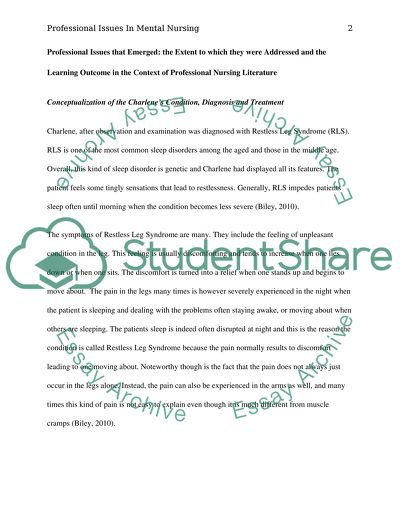Cite this document
(“Professional Issues in Mental Health Nursing and my Readiness for Essay”, n.d.)
Retrieved from https://studentshare.org/literature/1427290-professional-issues-in-mental-health-nursing-and
Retrieved from https://studentshare.org/literature/1427290-professional-issues-in-mental-health-nursing-and
(Professional Issues in Mental Health Nursing and My Readiness for Essay)
https://studentshare.org/literature/1427290-professional-issues-in-mental-health-nursing-and.
https://studentshare.org/literature/1427290-professional-issues-in-mental-health-nursing-and.
“Professional Issues in Mental Health Nursing and My Readiness for Essay”, n.d. https://studentshare.org/literature/1427290-professional-issues-in-mental-health-nursing-and.


